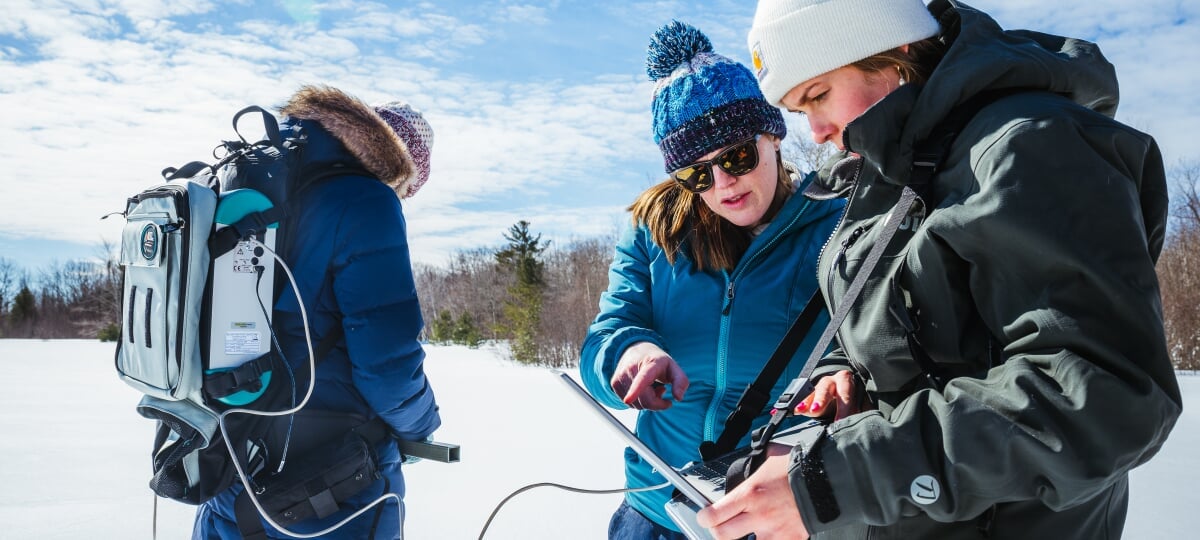Over 250 Inches of Research Material: Huskies Dig Into Snow Reflectivity at Keweenaw Field Site

The Keweenaw has received over 250 inches of snow so far in winter 2024. As spring arrives and the days become sunnier and warmer, the snow is melting. For Alden Adolph (EF/MAE), the process might hold the key to better understanding climate change and freshwater resource management.
The sunlight reflectivity, also known as albedo, of melting snow is one of the highest among natural substances on Earth. At a field site just 15 minutes from Michigan Tech's campus, Adolph and her team of student researchers are studying the effect that liquid water from snowmelt or rain has on snow's albedo, which plays an important role in broader climate systems.
“Because snow is able to stay cool due to its high albedo, it has a global effect. By reflecting sunlight, the snow allows Earth to stay cool as well,” said Adolph.
Read about the team’s local fieldwork at Michigan Tech’s Unscripted Research Blog.

